Audit Risk Assessment: Financial Statement Analysis and Reporting
VerifiedAdded on 2022/10/19
|6
|300
|72
Report
AI Summary
This report provides an in-depth analysis of audit risk assessment within the context of financial statements. It explores the application of audit procedures, including the evaluation of internal controls and the use of analytical review techniques. The report emphasizes the importance of understanding the nature of a business and its potential impact on audit risk, including the assessment of inherent, control, and detection risks. The report also highlights the significance of profitability and efficiency ratios in identifying potential misstatements. The document follows auditing standards and incorporates risk assessment steps, such as audit planning and financial statement reviews. It also considers the overall risk and its impact on the audit process.
1 out of 6
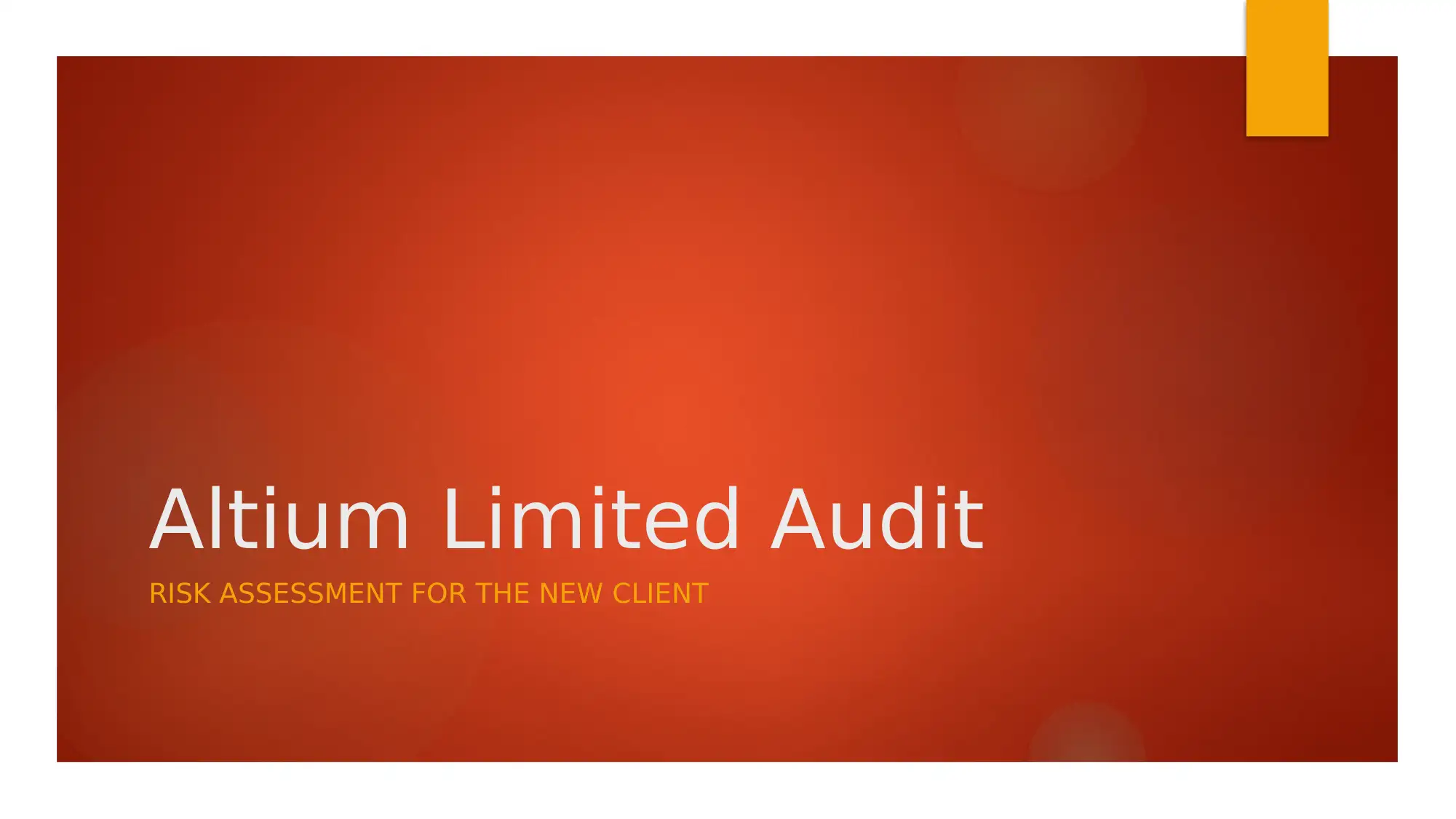
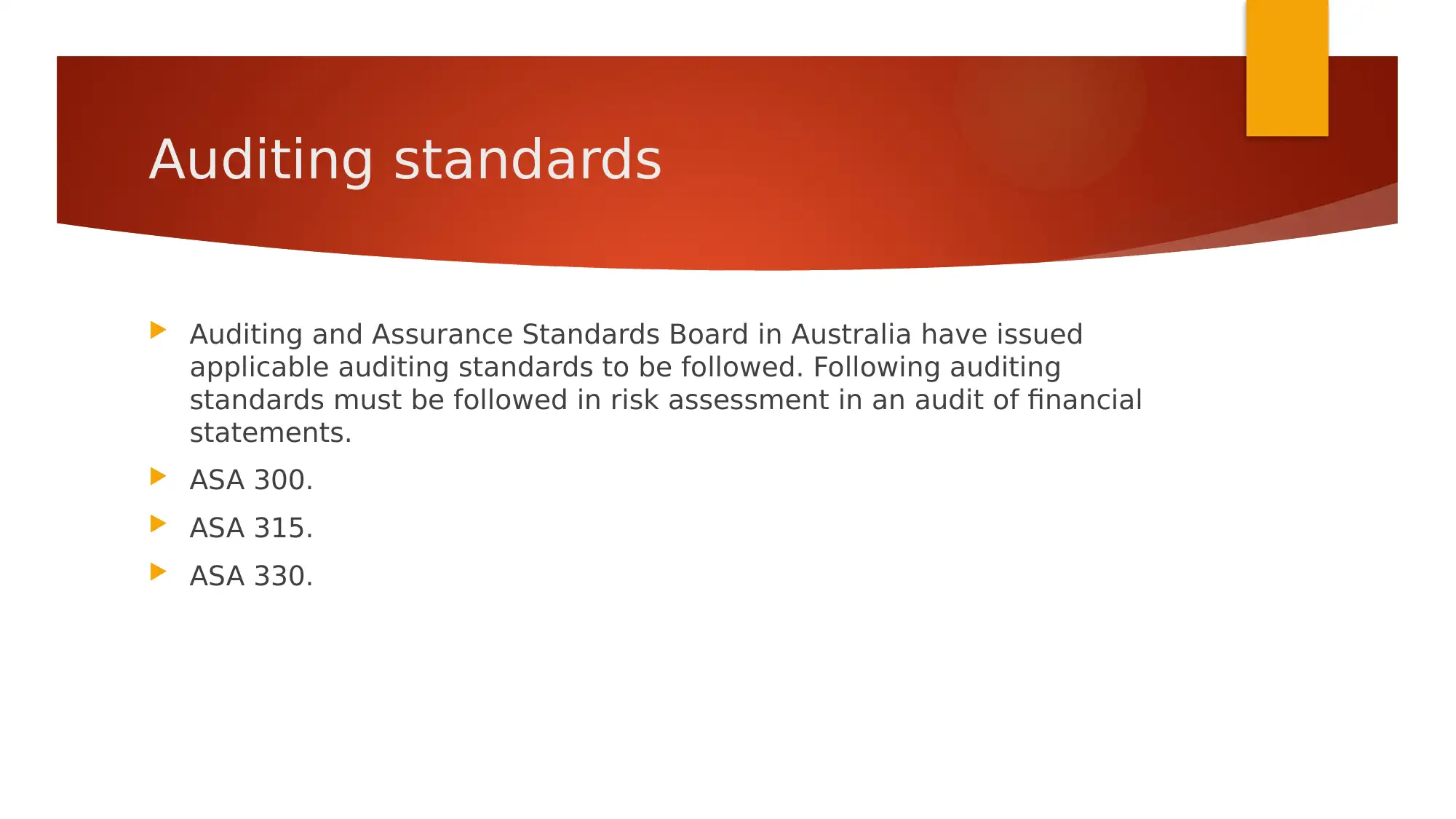
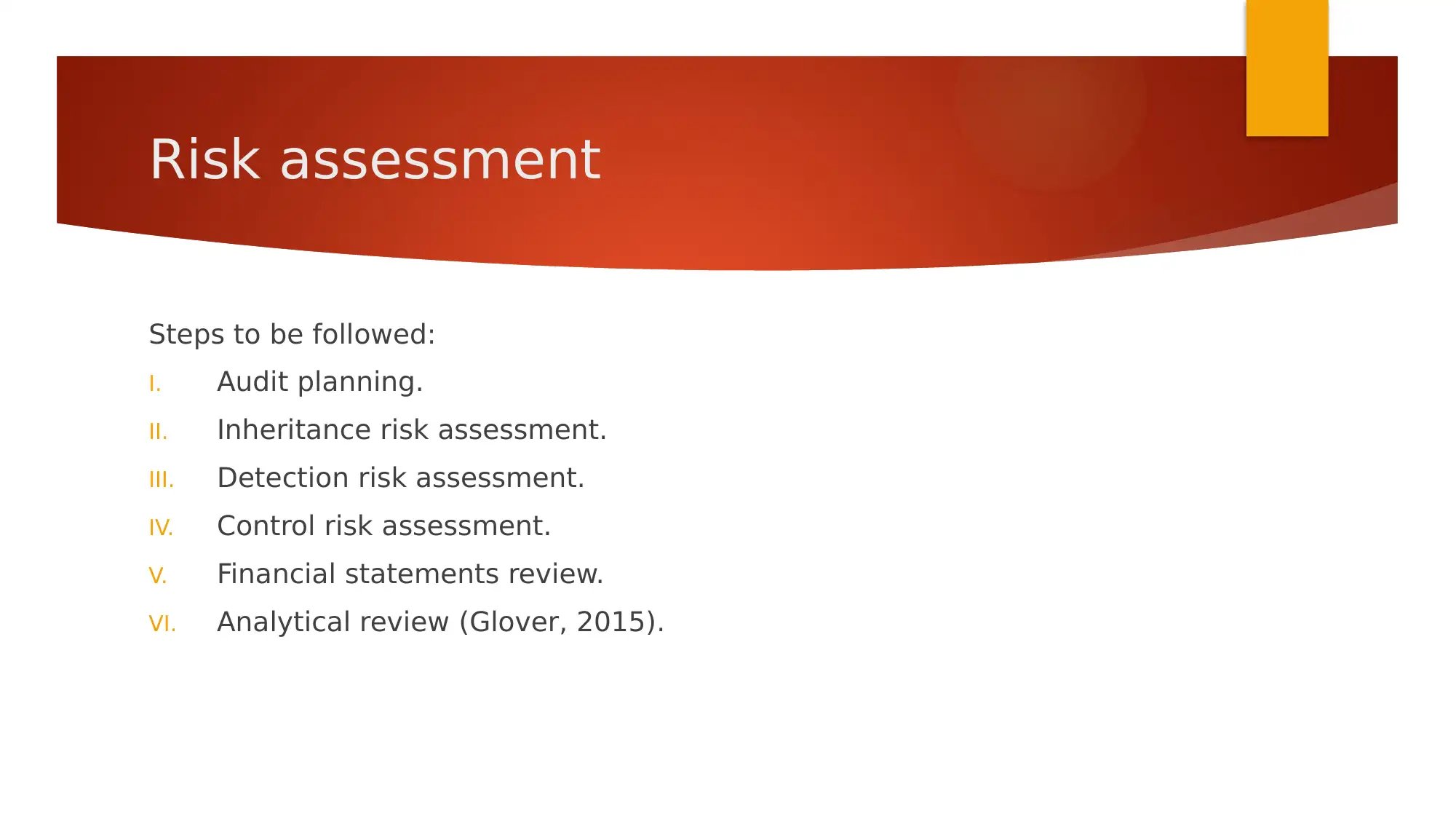

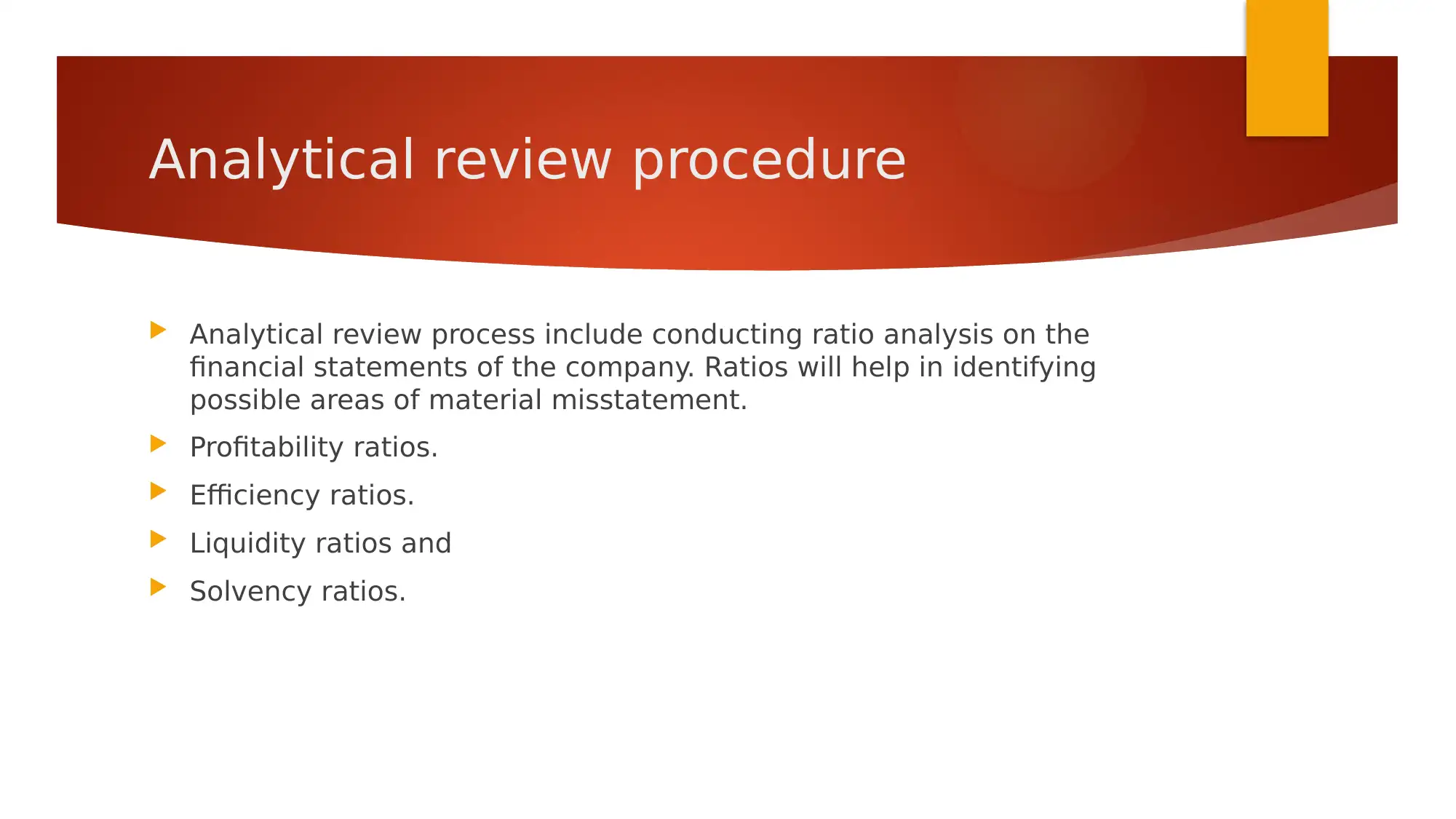
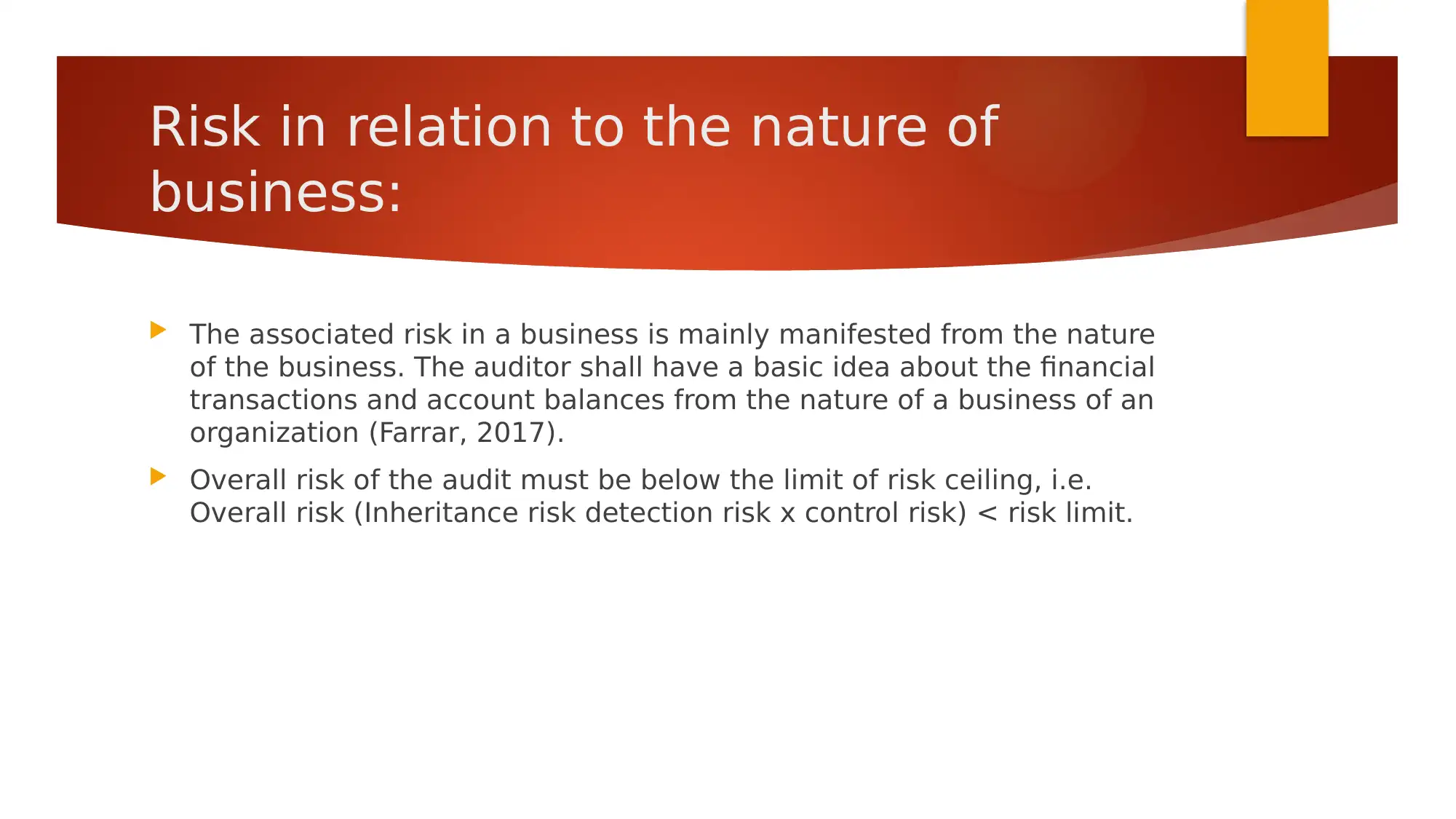
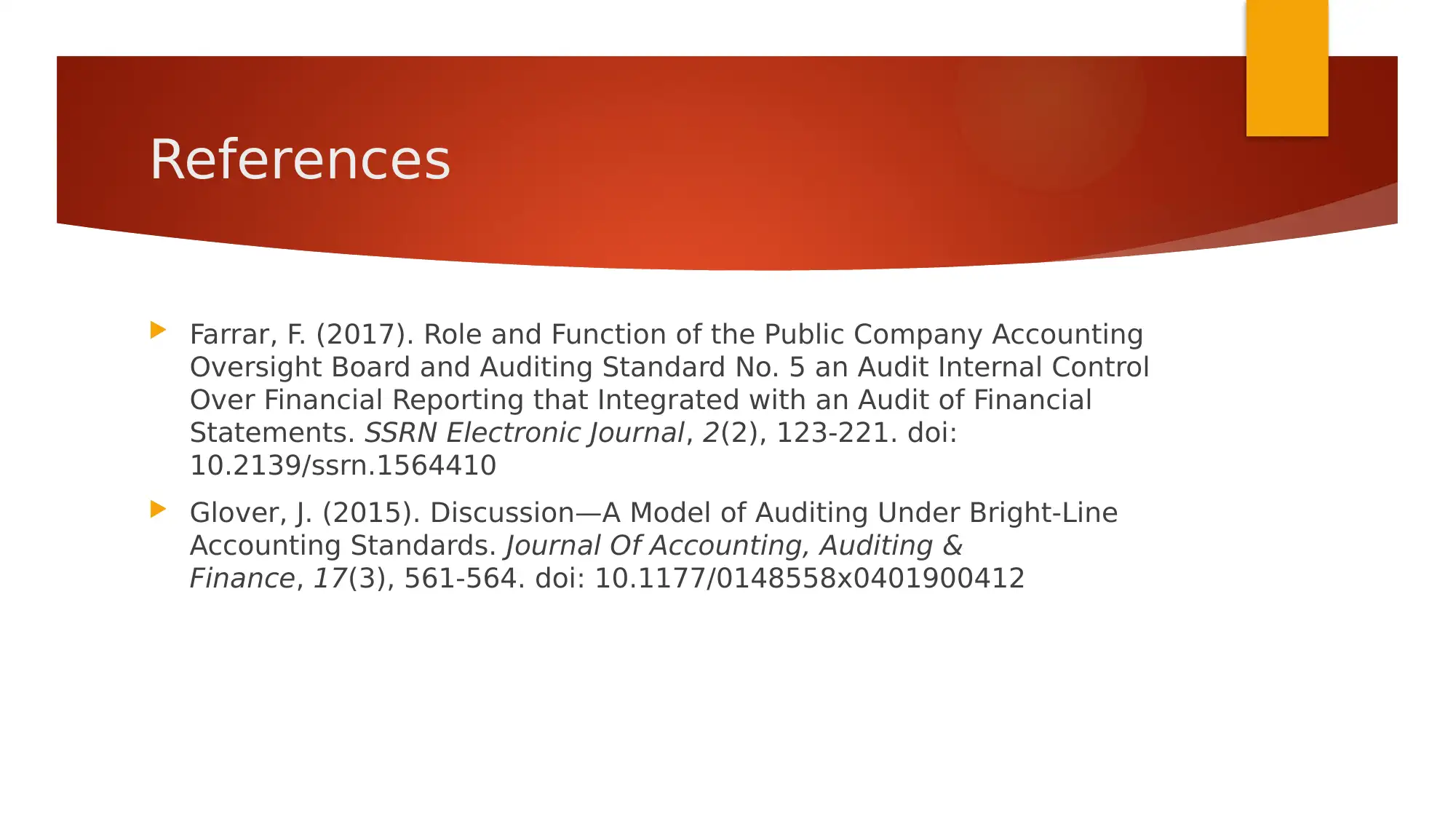






![[object Object]](/_next/static/media/star-bottom.7253800d.svg)